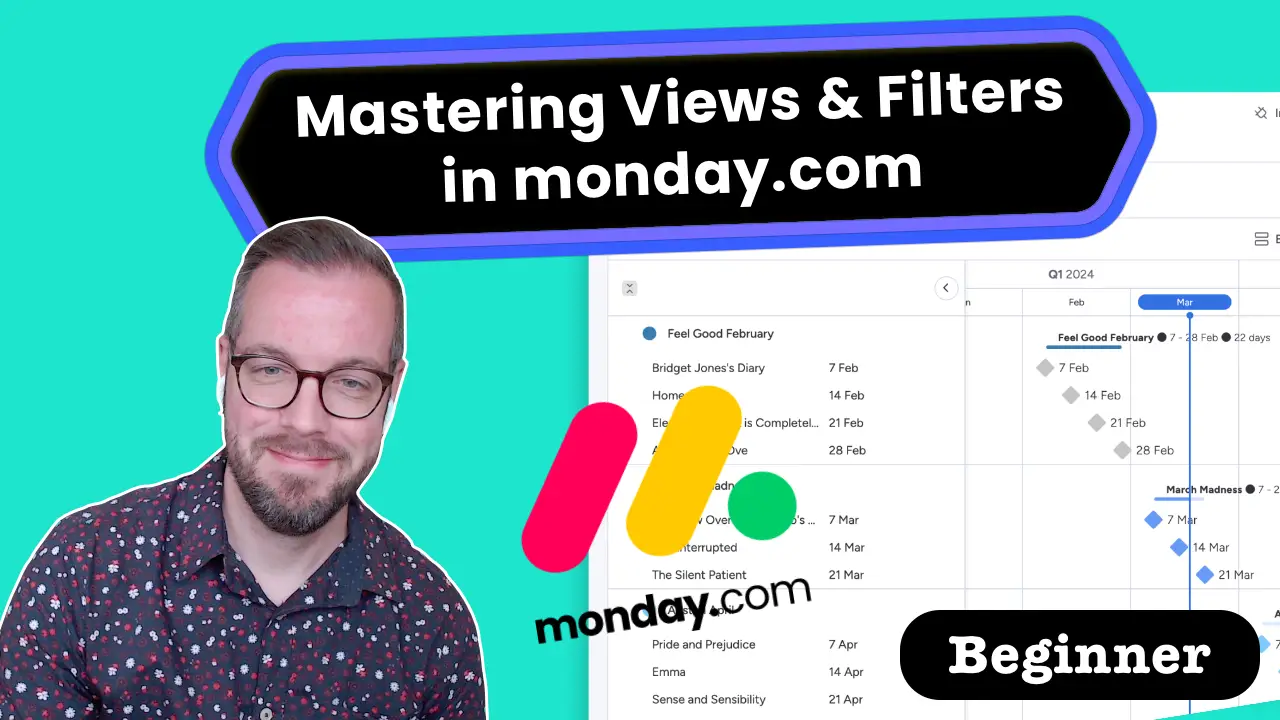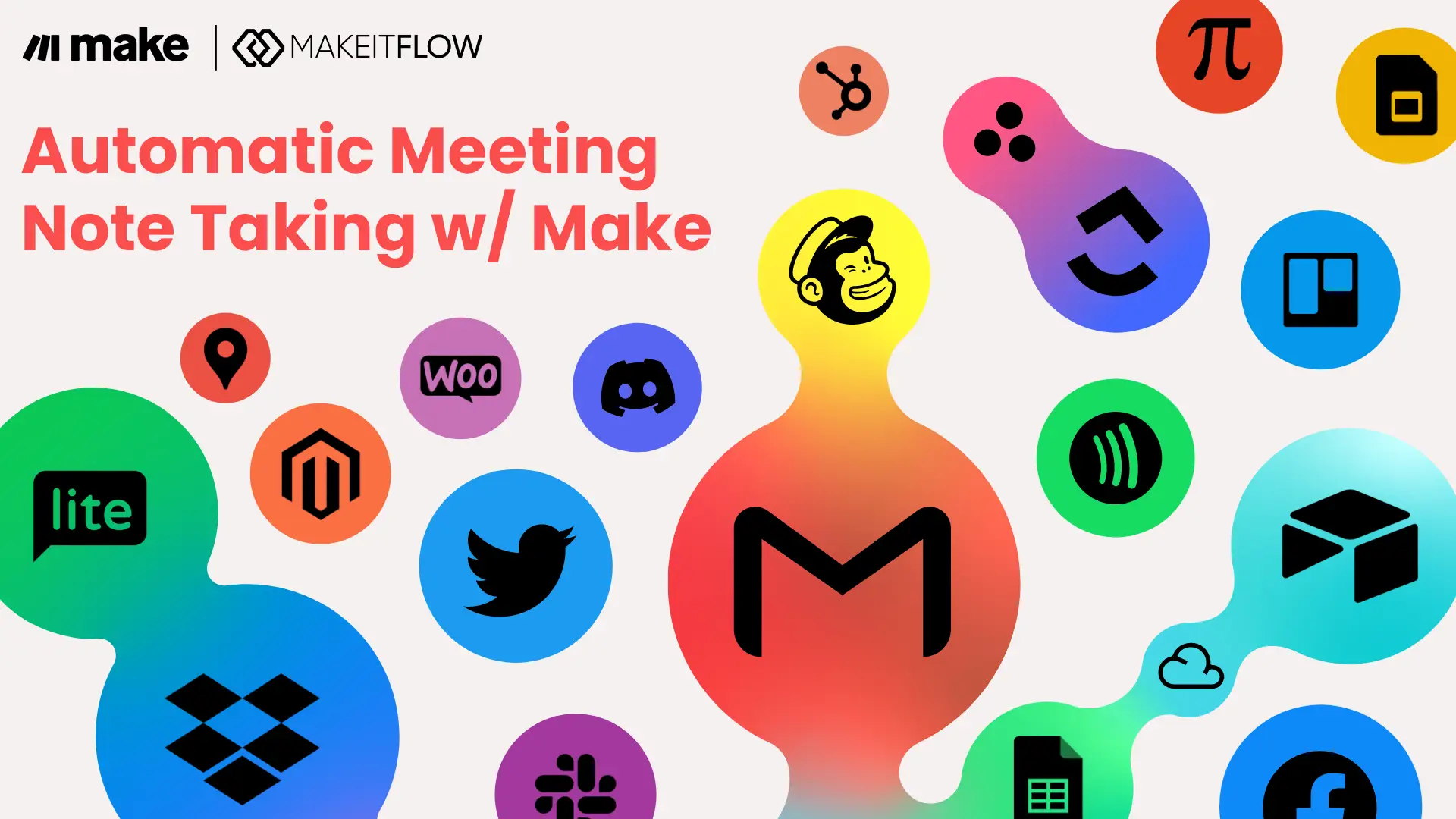Introduction
In the dynamic world of project management, the ability to organize and track progress effectively is crucial. Monday.com, a versatile project management tool, offers a robust solution for managing projects through its high-level and low-level board structures. These structures enable teams to maintain an overview of multiple projects while still managing the finer details of each task.
NOTE: I previously covered this topic in another video published here. However, the method demonstrated in the video used a Portfolio Management beta template created by monday.com. As of the publication date of this article, this template has been removed from the template center. The monday.com support team assures me that it will eventually return. In the meantime, this article delves into the nuances of manually setting up and utilizing these board structures to maximize efficiency and productivity.
Understanding High-Level and Low-Level Boards:
High-Level Boards
High-level boards in monday.com are designed to give an overview of multiple projects or major phases within a project. They are ideal for managers and stakeholders who need to track the progress of various initiatives without getting bogged down in the minutiae. Key features include:
- Overview of Projects: High-level boards allow users to see the status of multiple projects at a glance, providing insights into overall progress and potential bottlenecks.
- Customizable Views: Utilize different viewing options like Kanban, Gantt, or calendar views to tailor the board to your strategic needs.
- Key Metrics Tracking: Track important metrics such as project deadlines, budget status, and overall progress.
Low-Level Boards
Low-level boards in monday.com focus on the specific details of individual projects or tasks. They are essential for team members working on the ground level, ensuring that every task is tracked and managed effectively. Features include:
- Detailed Task Management: Break down each project into specific tasks, assign them to team members, and set deadlines.
- Collaboration Tools: Facilitate communication and collaboration among team members with features like updates, file sharing, and integrations with other tools.
- Progress Tracking: Monitor the status of each task, identify delays, and adjust priorities on the fly.
Setting Up Your Boards:
- Define Your Structure: Begin by outlining the structure of your projects. Determine what will be tracked at a high level and what details are necessary for the low-level boards.
- Customize Your Boards: Use Monday.com’s customizable templates or start from scratch to create boards that fit your project’s needs. You’ll need to create two boards; a high level board, and a low level board. Consider what columns you’ll need, such as status, deadline, priority, time tracking, or budget.
- Connect High and Low Level Boards:
Best Practices for Managing Boards:
- Regular Updates: Ensure that all team members update their tasks regularly to maintain accurate and current boards.
- Use Dashboards: Utilize dashboards to aggregate data from multiple boards for a more comprehensive view.
- Automate Processes: Set up automations to reduce manual work, like status updates and notifications.
- Review and Adjust: Regularly review your board structures and make adjustments as your project evolves.
Case Study: Implementing High-Level/Low-Level Structures in a Real Scenario
Consider a software development company working on multiple projects. The high-level board tracks each project’s overall progress, key milestones, and resources. Low-level boards are created for each project, detailing tasks like coding, testing, documentation, and deployment. Automated updates from low-level boards feed into the high-level overview, providing managers with real-time insights into each project’s status.
Conclusion:
Mastering the use of high-level and low-level boards in monday.com can transform the way you manage projects. By effectively setting up and utilizing these boards, you can maintain a clear overview of all your projects while ensuring detailed attention to every task. This dual approach ensures that while the bigger picture is always in sight, the day-to-day details that drive project success are never overlooked.
Interested in having us create this setup for you? Contact us here.




